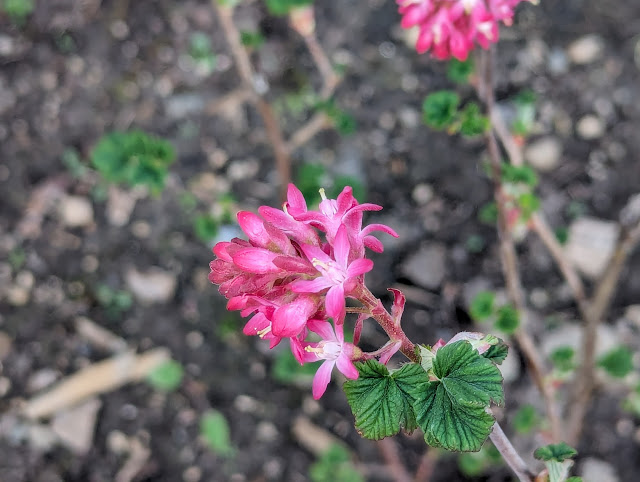After far too many delays, I finally finished weaving a sample of Hargroves' No. III, A Plain Cord.
For those of you not familiar, John Hargrove had a book of weavers' pattern drafts published in Baltimore in 1792. Only two copies are known to survive, and fortunately you can see read one on the Internet Archive. A reprint was published by The American Antiquarian Society in 1979. Unfortunately, like the original book, the reprint is incredibly scarce. If you can find a copy - perhaps through interlibrary loan - Rita Adrosko's Introduction is very informative.
I like rib weaves and I think they don't get as much attention from handweavers as they deserve. I'd not woven this particular Hargrove draft before and I decided to try it using a yarn I'd not used before.
This 20/4 unmercerized cotton was a mill end I bought in 1991 and tucked away in my stash. Rib weaves have a history of being used for work clothes and this cotton seemed like a good candidate for a fabric for a vest or trousers I could make up for gardening wear.
Nominally, this yarn is equivalent to a 10/2 at 4,200 yards per pound, which I typically weave at about 24 epi for tabby. To get a sturdy fabric in a rib weave, I sleyed a little closer, at 30 epi, which is conveniently five repeats of the draft per inch. I wove my sample 8" wide.
To maintain a walking tread, the Hargrove draft adds a fifth treadle. As I don't have a fifth treadle at my disposal at the moment, I had to fudge the tread a bit. I tied up the shafts in order (shaft 1 to treadle 1, etc.)
This meant that tabby is woven by alternately treading 1&2 and 3&4. After each shot of tabby, the two warp-wise floats are treadled on 2 and 3. Starting the weft on the left side, then starting the treadling on 1&2 meant that I always knew which tabby to treadle next.
The yarn behaved well, being just slightly tender at the selvedges - probably because I wasn't using a temple and the fabric drew in quite a bit. Here's a close-up under tension on the loom.




















.jpg)


















.jpg)
.jpg)





